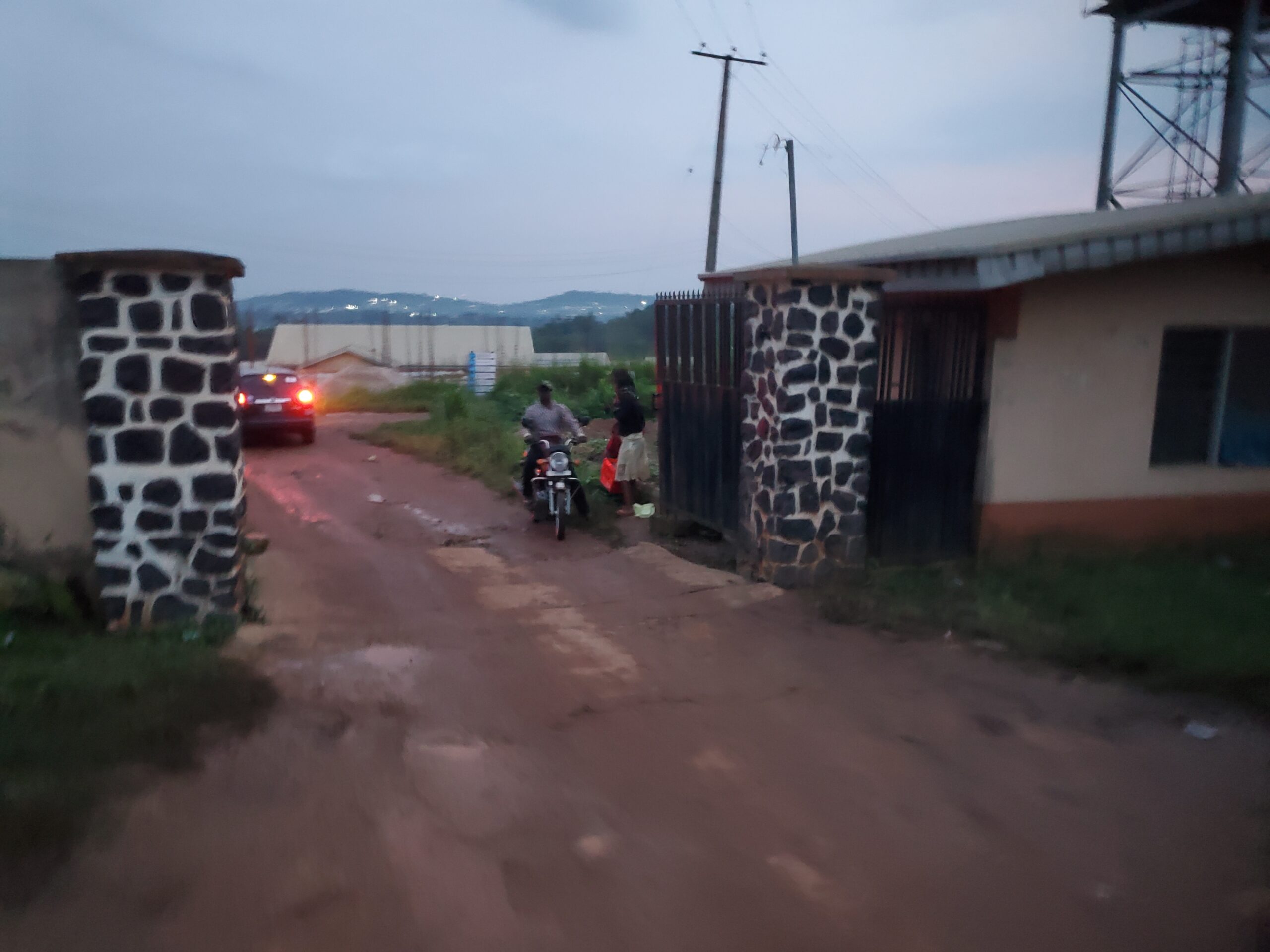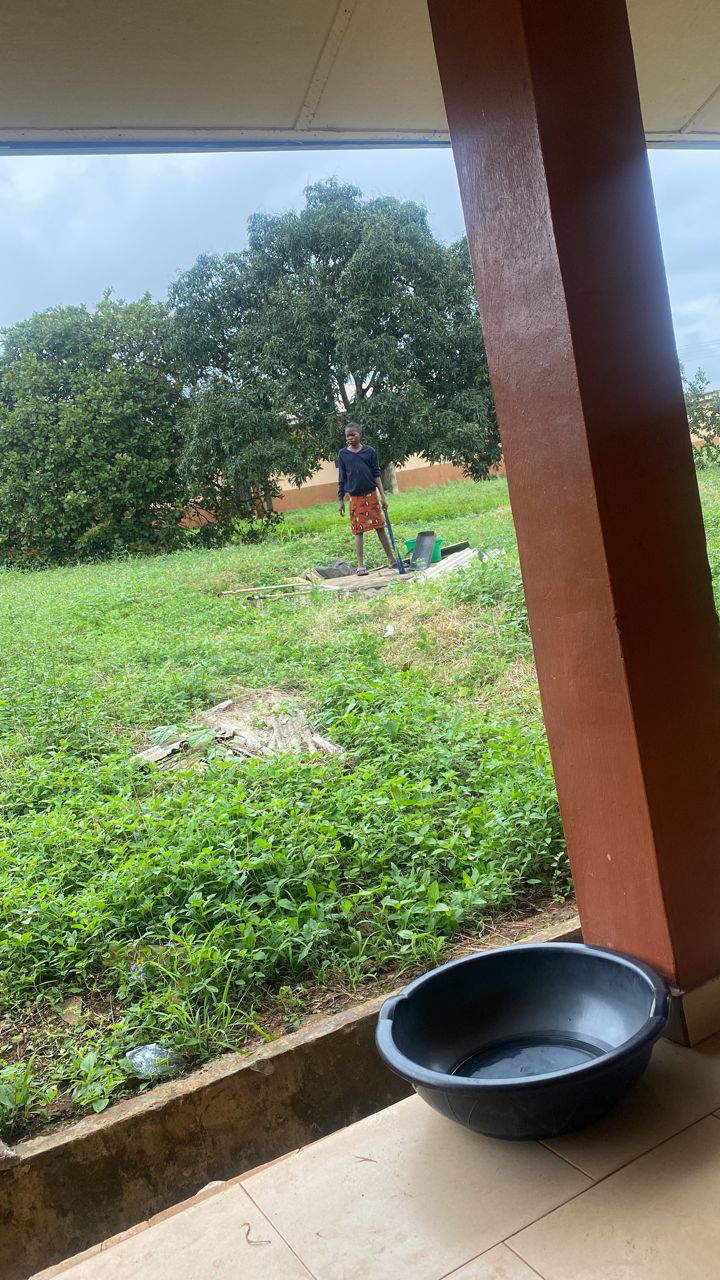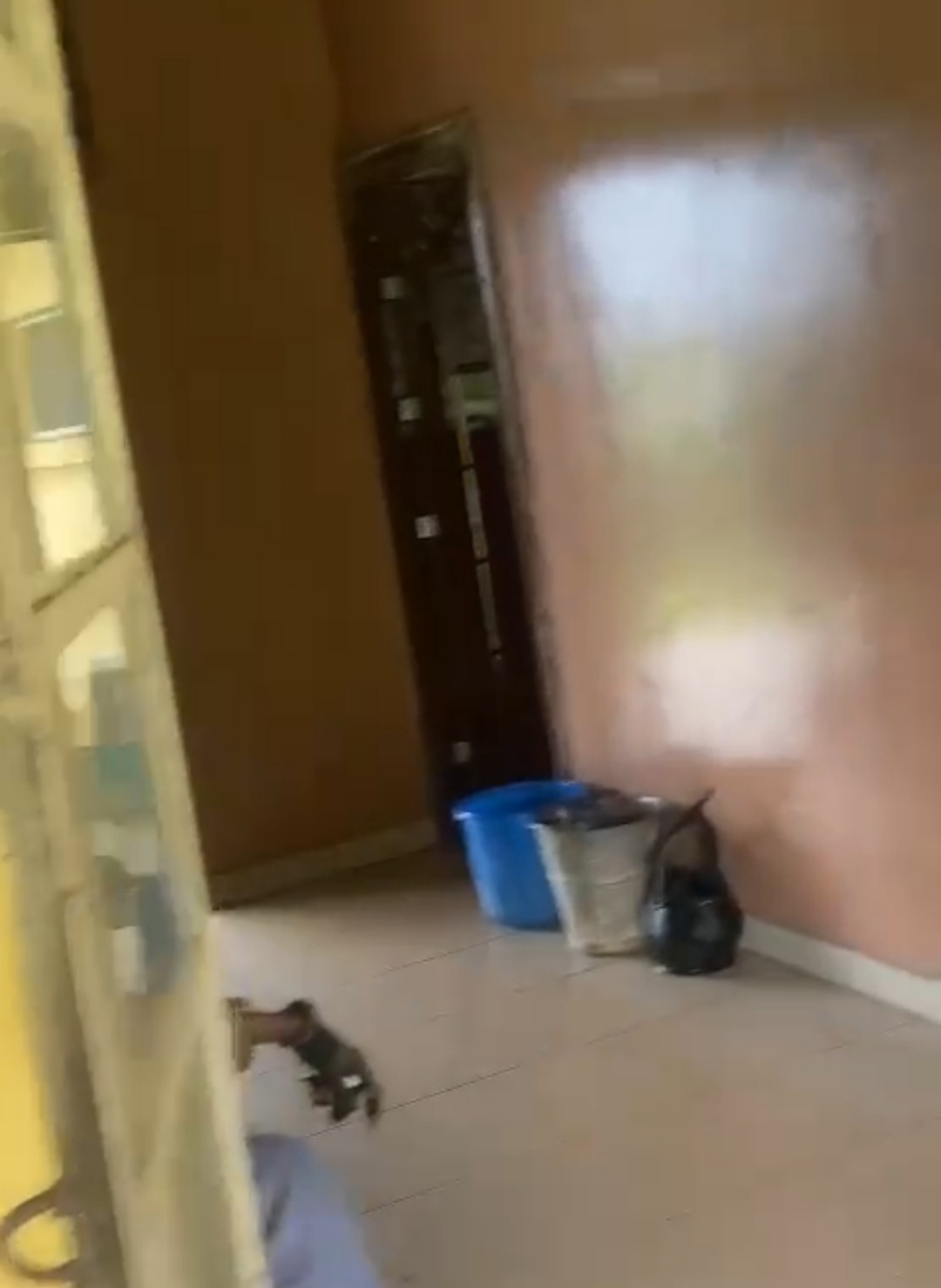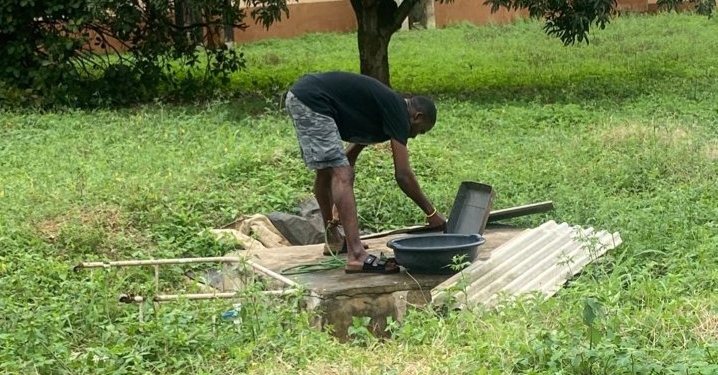This infrastructure project in the health sector, which was funded by a $20 million grant the state received through the Save One Million Lives Programme, appears to be the last of its kind in the state, according to research, because Senator Ademola Adeleke, the current governor, prefers medical outreach to renovating the state’s crumbling health facilities.
Recall that on February 15, 2023, Senator Ademola Adeleke launched the “Imole free medical and surgical outreach,” a celebration of his 100 days in office, organized by the University of Osun Teaching Hospital. Recently, the governor also announced another iteration of “Imole free medical and surgical outreach.”
Osun State is home to five (5) general hospitals and nine (9) state hospitals. One of the public hospitals along Moroco Road, Isale-General Ilesa, was visited by WITHIN NIGERIA in August.

When this reporter first arrived at the hospital complex, he noticed a small house next to the fence that was occupied by a man who was probably in his early sixties and working as a gateman or security guard.

In front of the security building, there is a borehole with a defunct hand pump. This reporter was informed, upon inquiry, that the hand pump borehole had stopped functioning just two years after it had been built.
The reporter circled the entire hospital complex and noticed a collection of modest, well-painted buildings that represented several departments, including record-keeping, the maternity ward, and the clinical ward, among others. The reporter noticed the complex’s tidy surroundings and the pleasant worker relationships despite its awful road system.
If the reporter had not waited for 45 minutes, he would have missed the negative aspects of the state hospital, which was built specifically to serve as a secondary health facility for the millions of residents of Ilesa metropolis and its surroundings.
When the reporter saw a young man in his late 20s leaving the maternity unit with a bucket, he was speaking with a patient’s relative identified as Samson. The young man approached a nearby well and began filling the bucket with water as the reporter watched.

In close proximity to the maternity unit, the well is situated next to a tree. Why do they go to the well to get water? Is there a lack of water in the hospital complex? Before noticing the young man with the bucket, the reporter asked the patient’s relative, with whom he had been speaking.
Samson explained to the reporter that since they were likely seeing it for the first time, it appeared novel or odd.

We have grown accustomed to it. We went to get water from the same well when I followed my friend here during his wife’s labor. A pretty dejected Samson told the reporter that there was actually a queue at the well since so many people needed water for their ailing loved ones.
Today, I went there and got water. Samson, who accompanied his pregnant wife to the hospital, said, “I am quite lucky because there was no queue as at the time of fetching.”

As he made his way to the state hospital’s maternity unit, the reporter waved goodbye to Samson. He observed another young man going to a well to retrieve water as two others stood nearby, possibly waiting for him to finish. One of the young guys, who went by the name Kunle, told WITHIN NIGERIA that he was astonished to learn from the nurses that he must go gather water from the well for them to use for his wife.
When one of the nurses instructed me to go gather water from the well, I initially believed it was a joke. As I was disputing with the nurse, I noticed a man entering the hospital with a bucket of water. He was probably in his early forties. The nurses won’t clean the ward’s floor if we don’t go get the water, the man pleaded with me. A slightly dejected Kunle recalled, “I collected the bucket and went to the well.

For him to be able to go get water so that his wife could be taken care of, the reporter turned away from Kunle.
A young nurse was just starting her shift when this reporter encountered her as he was leaving the maternity ward. Why are patients’ relatives required to go to the well to obtain water? What is the hospital’s water supply problem? Is it beyond repair? This journalist softly enquired like a troubled relative of a patient.
A few weeks ago, the pumping device started to malfunction. It has neither been fixed nor changed. Therefore, in order to avoid delaying treatment or medical assistance, family members of patients must carry water from the well, the young nurse who did not mention her name said.

If the faulty pumping machine can be fixed, there will be no need for family members of patients to go gather water from the well. Nurses cannot simultaneously care for patients while rushing around to get water from a well. The young nurse tells the reporter as she leaves the corridor and enters the main ward, “Most relatives understand our situation, and they react well.
As the reporter left the hospital premises, he pondered whether families of patients would ever stop fetching water from wells because of defective pumping equipment as they struggled to provide water for their ailing loved ones.


